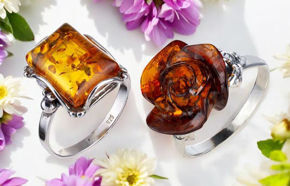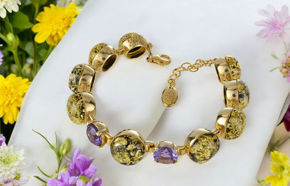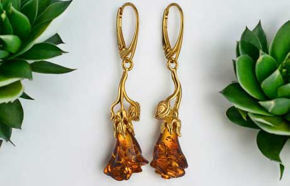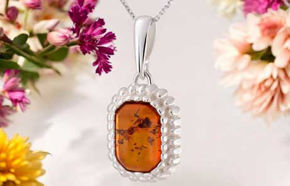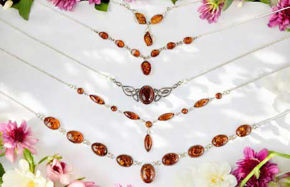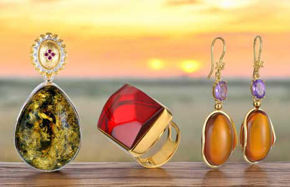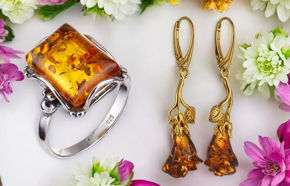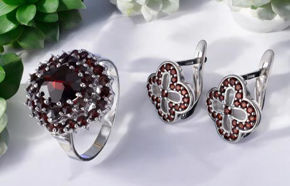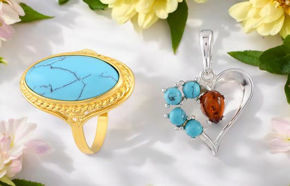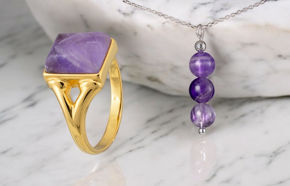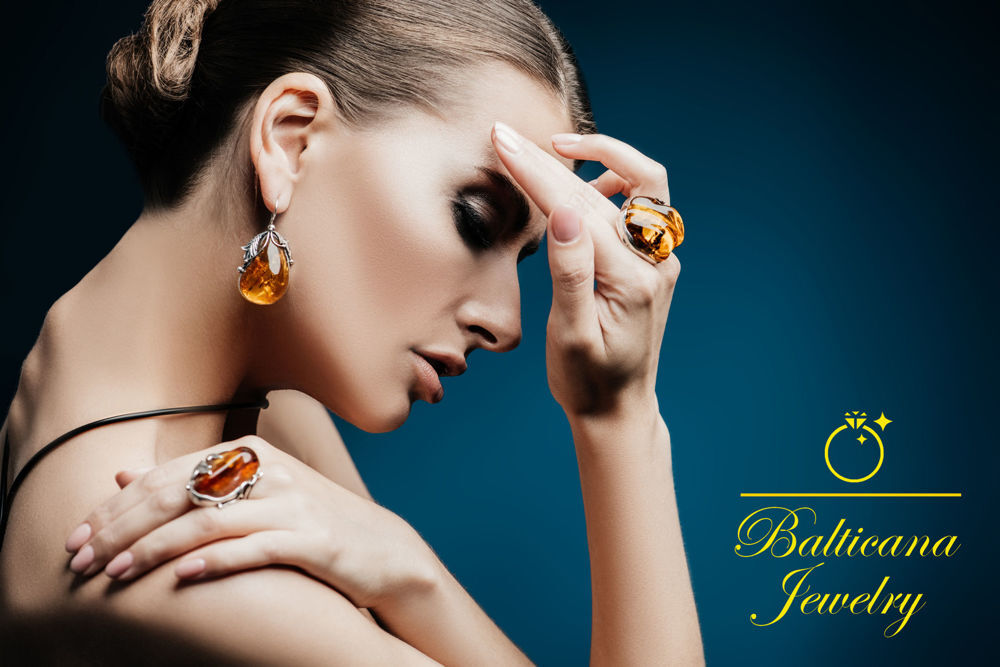
A recent study conducted by the National Bureau of Economic research found that people who receive a gift of jewelry are significantly happier than those who receive a gift of cash. The study's authors suggest that this may be because jewelry is a more personal gift that creates a stronger emotional connection between the giver and the recipient. However, some experts have criticized the study, arguing that its results are not representative of the general population. They point to other studies which have found that people tend to derive less happiness from material possessions than from experiences or relationships. So what's the truth? Does jewelry make people happy? It's hard to say for sure, but one thing is certain: it's an age-old question that is unlikely to be resolved anytime soon.
In many societies, jewelry is more than just a fashion accessory - it plays an important role in social and cultural interactions. For example, in some African cultures beads are used as currency, while in others they are given as gifts to mark important life events such as birth, marriage, and coming of age.

In India, the traditional bridal necklace known as the mangalsutra is not only a symbol of marital status, but also a good luck charm that is thought to ward off evil spirits. And in many Middle Eastern societies, women wear gold jewelry as a sign of their husband's wealth and status.

Jewelry can also be used to convey messages about religious or political beliefs. For instance, Christian priests wear rings to signify their vow of celibacy, while Hindu holy men often wear bracelets and necklaces made of Rudraksha seeds which are thought to represent the god Shiva. In some Islamic cultures, women wear veils adorned with jewels as a sign of modesty, while in others both men and women wear elaborate headdresses studded with gems to indicate their high social standing.
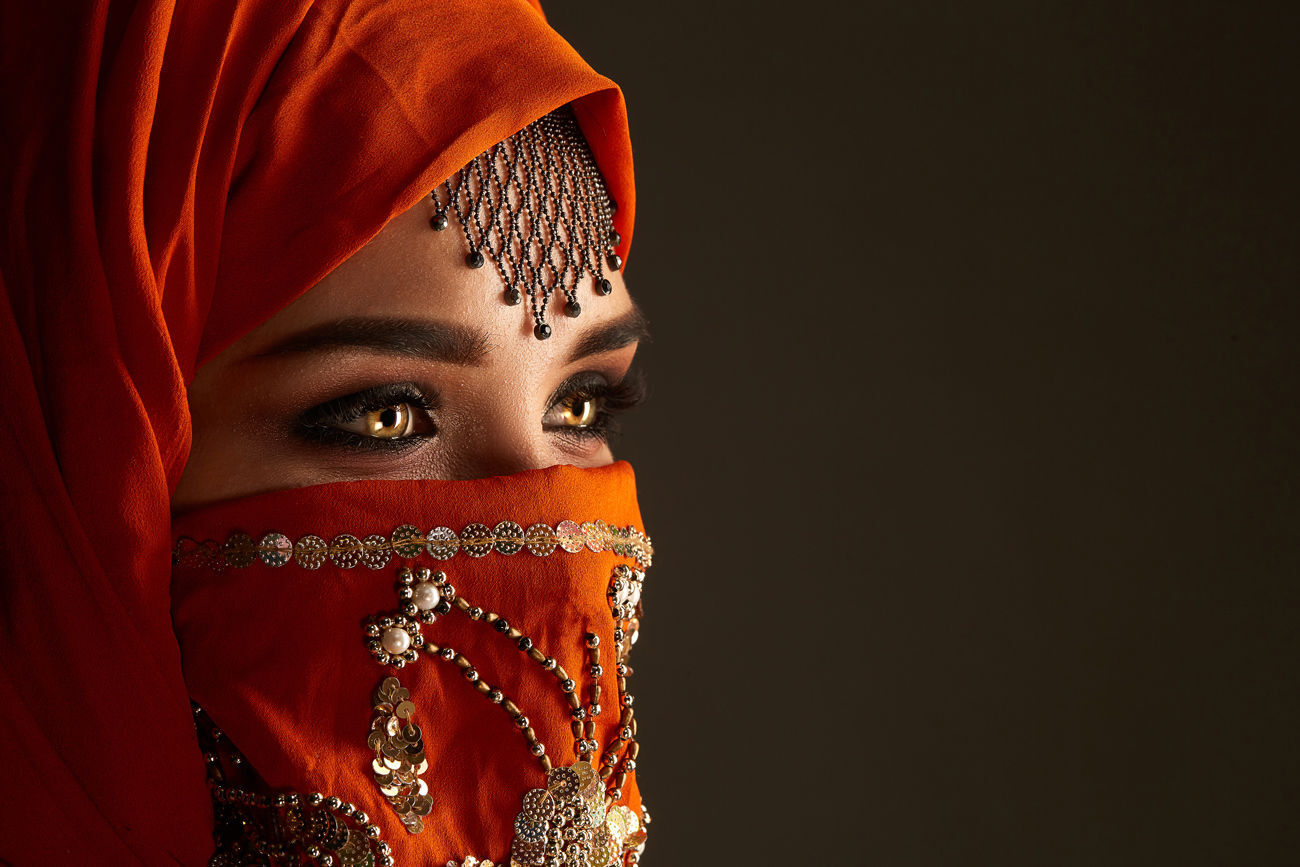
Jewelry has been used for centuries as a way to adorn the body, express status, and indicate wealth. But what many people don't realize is that jewelry has also been used as a form of currency, a talisman against evil forces, and even as a form of punishment. In ancient times, jewelry was often made from materials like bone, wood, and stone. These early pieces were often large and bulky, making them more suitable for ceremonial purposes than everyday wear. As time went on and technology progressed, jewelry became smaller and more delicate. Gold and silver became the preferred materials for those who could afford them, while those of lower status were forced to make do with less expensive metals like copper and bronze. Today, jewelry is more abundant than ever before, with people of all walks of life wearing it for both practical and decorative purposes. From simple stud earrings to lavish diamond necklaces, jewelry has come a long way since its humble beginnings. Who knows what the future holds for this timeless tradition?
It's no secret that jewelry makes people happy. Just think about how good you feel when you put on your favorite necklace or earrings. But why does jewelry have such a powerful effect on our mood?

There are actually a few psychological reasons behind it. For starters, wearing jewelry is a way of expressing our personal style and individuality. In a world where we often feel like we have to conform to societal norms, jewelry helps us to stand out from the crowd and express our true selves. Additionally, jewelry is often seen as a symbol of status and success. When we wear nice jewelry, we feel like we've made it in life and that our hard work has paid off. Finally, jewelry also has a sentimental value for many people. It might remind us of a special occasion or person in our lives, which brings up happy memories and feelings. So next time you're feeling down, try putting on your favorite piece of jewelry. It just might make you feel better!
When it comes to happiness, jewelry may not be the answer after all. Though diamond rings and other baubles have been linked with increased levels of joy for centuries, recent studies suggest that this may not actually be the case. In fact, one study showed that people who received money instead of jewelry were just as happy, if not happier, than those who received diamonds and other gems. So what’s the verdict? Do people really need shiny rocks to make them happy? The jury is still out on that one- but in the meantime, why not try something a little more affordable (and versatile) like cashmere scarves or leather gloves? They may just bring you as much joy as any piece of jewelry ever could!

